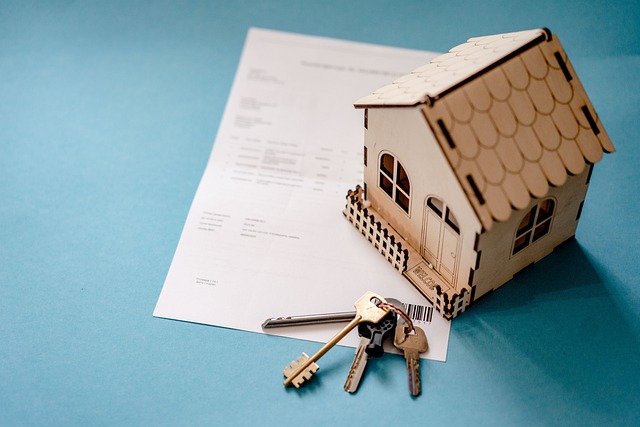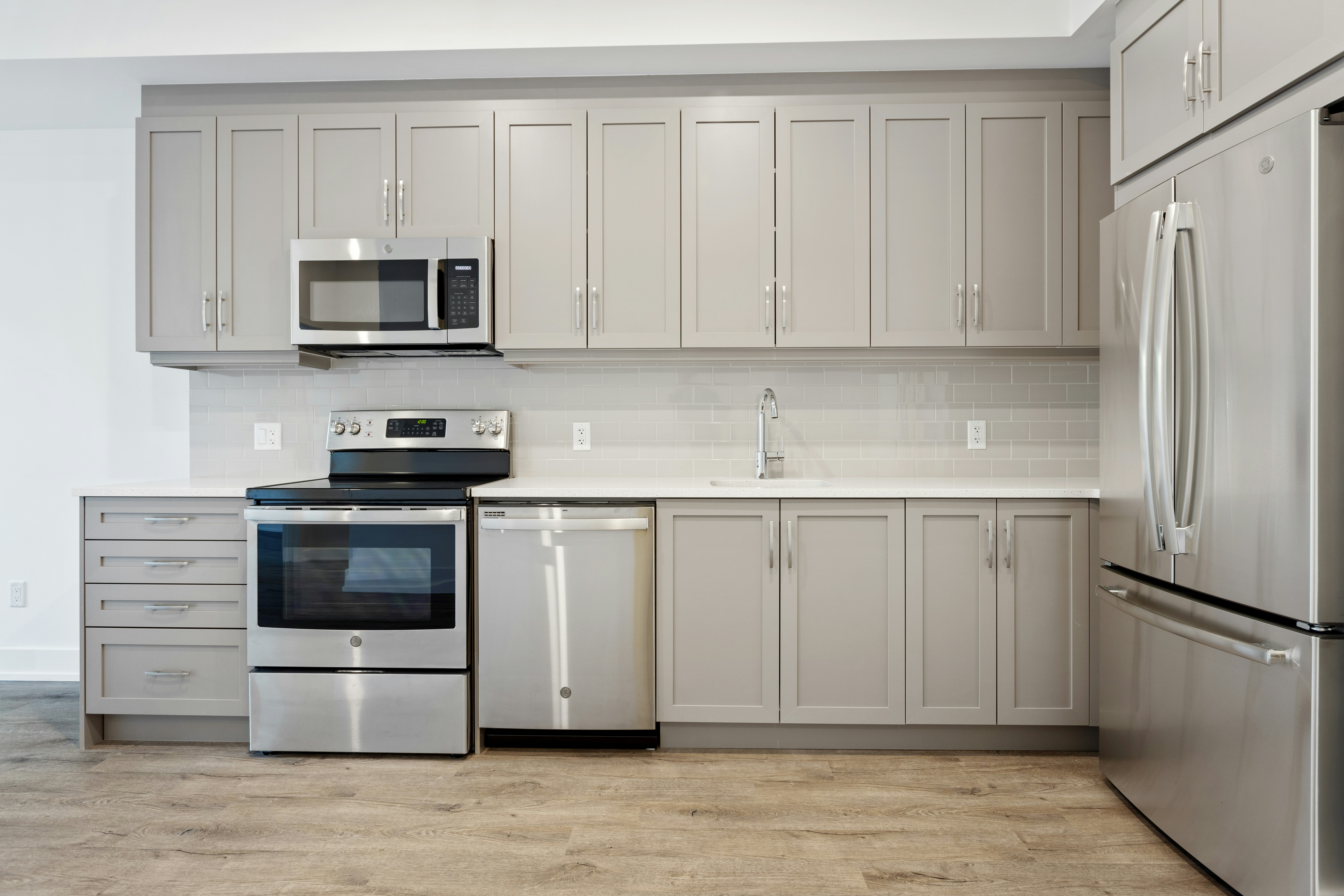The Transformation of Industrial Warehouses into Residential Real Estate
Introduction: A wave of change is sweeping across the real estate industry. The evolution of industrial warehouses into residential spaces is a phenomenon that offers both challenges and opportunities to buyers, sellers, and investors. The conversion of warehouses into living spaces is not a new concept. During the 1960s and 70s, artists in cities such as New York and London began occupying abandoned warehouses for their spacious interiors and affordable rents. Over time, these 'loft living' spaces became trendy, and developers took notice. Warehouses, initially built for industrial purposes, started being converted into chic, urban residential areas.

The Current Market Trends and Financial Insights
Today, the demand for warehouse conversions has surged due to urbanization and the desire for unique living spaces. These conversions are often located in prime city locations, and their unique architectural features make them highly desirable for urban dwellers. From a financial perspective, the conversion of warehouses into residential spaces can be a lucrative venture. The costs associated with acquiring and converting these properties are often less than constructing new residential buildings from scratch.
The Advantages, Challenges, and Potential Impact
There are many advantages to warehouse conversions. For buyers, these properties offer unique features not found in traditional residences. For sellers, the high demand for these spaces can lead to significant profits. For investors, the potential return on investment can be substantial.
However, there are also challenges to consider. The conversion process can be complicated and costly, involving significant construction and renovation work. There can also be regulatory hurdles, as these conversions often require zoning changes and other permissions.
The rise of warehouse conversions is reshaping the real estate landscape. It’s impacting the availability of industrial space, driving up prices in certain areas, and contributing to urban revitalization efforts.
The Research-Backed Analysis
Research shows that the trend of warehouse conversions is likely to continue, driven by urbanization and the demand for unique living spaces. However, the pace and extent of this trend will be influenced by factors such as economic conditions, regulatory changes, and the availability of suitable properties for conversion.
A Balanced Approach to Understanding the Phenomenon
While the transformation of industrial warehouses into residential spaces presents unique opportunities, it’s important to approach this trend with a balanced perspective. Understanding the historical context, current market trends, and potential challenges can help stakeholders make informed decisions and take advantage of the opportunities this trend offers.
In conclusion, the conversion of industrial warehouses into residential real estate is a dynamic and evolving trend. By staying informed and understanding the complexities of this phenomenon, buyers, sellers, and investors can position themselves to capitalize on the opportunities and navigate the challenges this trend presents.




